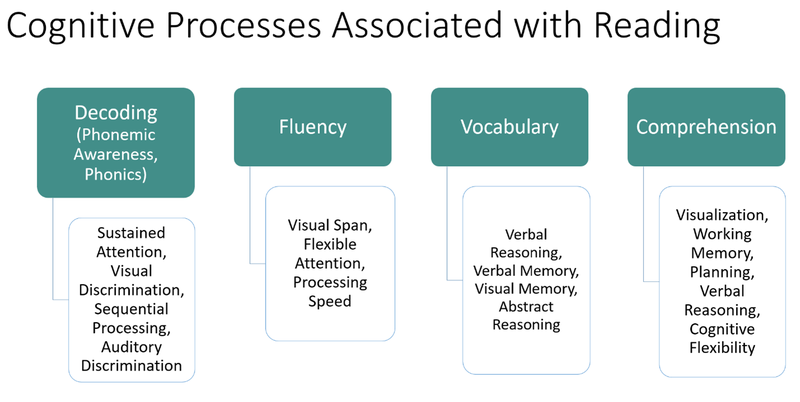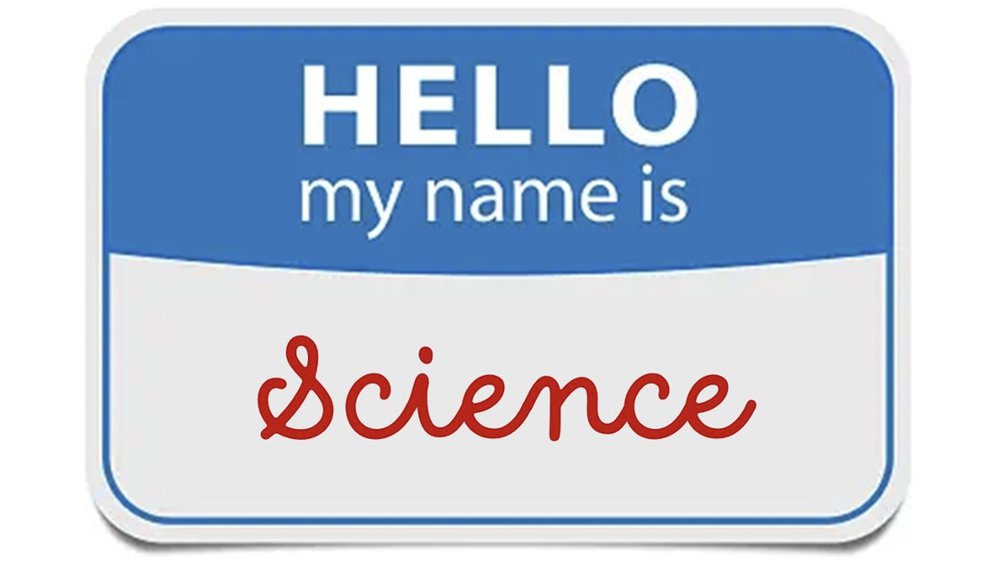The pressure to revamp reading instruction has been mounting. According to data sourced from Education Week, 33 states now have laws in place that establish the “science of reading” as the standard for reading instruction and intervention. Some of the laws have teeth that can reach down to bite individual students, allowing for or even requiring retention for students who aren’t reading on grade level by the end of third grade.
Indiana is a prime example. The state department of education now provides state-approved lists of curriculum and materials that have been determined to incorporate the science of reading. And students who don’t pass an assessment called I-READ3 generally can’t move on to fourth grade.
In the ever-evolving landscape of education, the science of reading has emerged as a darling, albeit somewhat debated, topic. This approach to teaching literacy is rooted in empirical research, cognitive psychology, and neuroscience. Proponents argue that it offers a solid foundation for effective reading instruction, while critics highlight potential drawbacks and challenges largely related to the implementation and how the science translates to actual classroom practice.
Foundational Benefits of the Science of Reading
- Evidence-Based Instruction
One of the primary benefits of the science of reading is its strong reliance on empirical evidence. Numerous studies have examined how the brain processes written language, leading to a better understanding of reading development. This evidence-based approach enables educators to make informed decisions about instructional strategies, ensuring that they are grounded in scientific principles.
2. Early Intervention
The science of reading emphasizes the importance of early intervention in literacy development. It recognizes that identifying and addressing reading difficulties in the early stages can significantly improve outcomes for struggling readers. By using diagnostic assessments and evidence-based interventions, educators can provide targeted support to students, often preventing long-term reading difficulties.
3. Phonics Emphasis
Explicit instruction in phonics and the development of phonemic awareness are cornerstones of the science of reading. This approach teaches students the relationship between letters and sounds, enabling them to decode unfamiliar words. Research consistently shows that explicit and systematic phonics instruction can lead to improved reading outcomes, especially for students with dyslexia and other reading challenges.
4. Structured Literacy
Structured literacy, a key component of the science of reading, provides a systematic framework for teaching reading and spelling. It breaks down language into its constituent parts, such as phonology, morphology, and syntax, and teaches these components explicitly and sequentially. This structured approach can benefit all students and can be especially helpful for those who struggle with reading.
The Foundational Challenge: The knowledge lies with the teacher.
The science of reading, for all its strengths, relies on the knowledge of highly skilled and trained teachers – teachers who have hours of professional development in the nuances of the science of reading. Specialists, with knowledge honed to a razor’s edge. So, what happens if that teacher retires, or transfers, or leaves the profession all together? Reading specialists are now being trained in the science of reading for the first time in their careers. And if that teacher leaves, so may your science of reading program. Critics also argue that many teachers may not have received adequate training in this approach, leading to challenges in its widespread adoption. Addressing this issue necessitates substantial and ongoing investments in professional development.
Other Challenges
- Balancing Phonics and Meaning
While phonics is essential, some critics argue that an overemphasis on phonics can lead to a narrow focus on decoding at the expense of comprehension. Striking the right balance between phonics and comprehension instruction is crucial to fostering well-rounded readers.
2. Adaptability to Diverse Learners
Not all students learn in the same way, and the science of reading may not address the unique needs of every individual. Educators must be able to tailor instruction to accommodate students who learn differently, which can be challenging within the confines of a strictly structured approach.
3. Cultural Relevance
Critics contend that the science of reading may not adequately address issues of cultural relevance and diversity in reading materials. To engage and motivate all students, educators must ensure that the content they use reflects the backgrounds and experiences of their students.
4. High-Stakes Testing
The science of reading's focus on explicit instruction and phonics has led to concerns about its alignment with high-stakes standardized tests. Critics argue that this may lead to teaching to the test rather than fostering a love of reading.
The Science of Reading Meets the Science of Learning
The passage of legislation on reading instruction in more than half of the states surely is evidence that a crisis is being recognized and that our society, our communities and our leaders are not content to let the status quo persist. For decades, only a third of fourth grade students have been reading proficiently at grade level. Change is long overdue. And yet there are two fundamental questions that are not being asked.
The first is based on the observation that math achievement levels have suffered just as reading levels have. Is the next stage after teaching teachers the science of reading to teach them the science of math? And the science of each other discrete subject in the curriculum?
And the second is based on the observation that students can learn the skills targeted by the science of reading and somehow, still struggle with reading. What else is missing and is there a common thread in learning that holds the key to improving educational outcomes?
The Common Thread
What the science of reading does not address is that there are mental processes that are even more basic than phonemic awareness, phonics, fluency, vocabulary and comprehension. These mental processes are what enable our brains to take in, give meaning to, organize, store and retrieve information. These mental processes are called cognitive skills.

The science of reading (as it is being discussed currently) does not address cognitive skills like sustained attention, visual span, sequential processing, visualization, working memory, inhibitory control or cognitive flexibility.
Consider the impact on a student who may have stronger or weaker cognitive skills in each of these areas:
Sustained attention: The ability to stay on task for sustained periods of time.
Relevance: Weaker sustained attention could mean that a student’s attention wanders off partway through decoding a word or a sentence or a paragraph, resulting in gaps in what the brain takes in.
Visual span: The ability to process a volume of visual information with a glance.
Relevance: Students who see a letter at a time or a word at a time will likely struggle to decode accurately and build fluency. Students who can take in groups of words or whole lines of text are more likely to get the gist, as well as the meaning of specific words. Visual span is a characteristic of our visual systems not addressed in the science of reading.
Sequential processing: The ability to see objects in a sequential order, as in reading.
Relevance: Objects may be letters, words, phrases or ideas. Some students’ brains don’t retain the order in which information was taken in. So, 5+7 may be seen as 7+5. Fortunately, addition is forgiving. But subtraction is not. The statement 5-7 means something very different than 7-5. And in reading, the order of letters is always important. Bad and dab are simply two very different words, although they contain the same letters.
Visualization: The ability to recall an image of what has been seen and to mentally manipulate or change aspects of that image in the mind.
Relevance: One strategy strong readers often use to comprehend and remember what they read is to create a mental image of it. A teacher might say, “Can you see that scene in your mind?” Some students do this very easily. For others, their “mind’s eye” has not developed to support this way of seeing and remembering. Lack of comprehension and lack of retention are likely in these cases.
Working memory: The ability to hold and manipulate information consciously in the mind.
Relevance: Working memory is what enables to us hold information in mind while we read from the beginning to the end of the sentence, to bear the relationships in mind, to compare what we are reading to what we already know to give it meaning, and to know whether or not we are understanding what we are reading.
Inhibitory control: The ability to suppress a thought or idea and to refrain from doing something one otherwise would do.
Relevance: Students who “blurt out” words when they read are often thought to be guessing from context (a strategy that has often been encouraged by teachers but is generally discouraged in reading instruction based on the science of reading). But the issue may have little to do with reading instruction. Research suggests that the issue is more likely related to inhibitory control (or the lack thereof). The mental process of suppressing a word candidate (which is the same mental process as suppressing other ideas or actions), needs to be working well in skillful reading.
Cognitive flexibility: The ability to change our mindset when the rules of the world around us change, to shift between mental processes.
Relevance: The science of reading tells us that there are two different processes (pathways in the brain) that are used for sounding out words and recognizing sight words. The Science of Learning tells us that our brain’s ability to switch back and forth between these processes involves cognitive flexibility. Cognitive flexibility also is what allows us to understand different characters’ points of view or to revise our thinking when we realize that we had something wrong – for example, giving up on the idea that it had to have been the butler when it turns out he has an ironclad alibi).
Students can learn the skills identified in the science of reading and still struggle with reading, if their underlying cognitive skills, the common thread, have not been sufficiently developed.
The science of learning recognizes that the cognitive capacity of the learner — the strength of individual cognitive skills and the ability of those skills to work together in an integrated and efficient way - is also a vital part of the equation that represents how strong readers develop. The science of learning also informs us that cognitive capacity can be developed. Improving an individual’s cognitive capacity, and thereby improving everything that individual does with their cognitive processes, whether reading, math, sports, work, or any other part of life, is something we also know how to do.
Closing Achievement Gaps
The science of reading has the potential to narrow achievement gaps among students. By providing high-quality, evidence-based instruction to all learners, regardless of their background, educators can help ensure that every child has the opportunity to develop the skills necessary to be a good reader.
If the science of reading is necessary to ensure that teachers use the tools and principles of evidence-based literacy instruction, then the corollary is that the science of learning is necessary to ensure that students have the foundational tools for learning and can fully benefit from improved instruction. The combination of the science of reading and a comprehensively integrated cognitive skills training program can create an even more robust reading delivery and implementation platform, and research data indicates a synergistic effect that propels an even greater number of successful readers into our systems.
Ultimately, the science of reading should be viewed as a valuable tool in an educator’s complete toolbox, rather than the one-size-fits-all adjustable wrench of reading instruction. An effective literacy program requires strengthening both sides of the learning and teaching process, with a thoughtful combination of evidence-based teaching practices, and the enhancing of students’ capacities as learners. By strengthening both sides of the learning and teaching process, educators can make better-informed decisions that best serve diverse needs of students within some very diverse environments.
About the authors

Betsy Hill is President of BrainWare Learning Company, a company that builds learning capacity through the practical application of neuroscience. She is an experienced educator and has studied the connection between neuroscience and education with Dr. Patricia Wolfe (author of Brain Matters) and other experts. She is a former chair of the board of trustees at Chicago State University and teaches strategic thinking in the MBA program at Lake Forest Graduate School of Management where she received a Contribution to Learning Excellence Award. She received a Nepris Trailblazer Award for sharing her knowledge, skills and passion for the neuroscience of learning in classrooms around the country. She holds a Master of Arts in Teaching and an MBA from Northwestern University. Betsy is co-author of the new book, “Your Child Learns Differently, Now What?”

Roger Stark is Co-founder and CEO of the BrainWare Learning Company. Over the past decade, he championed efforts to bring the science of learning, comprehensive cognitive literacy skills training and cognitive assessment, within reach of every person, and it all started with one very basic question: What do we know about the brain? From that initial question, Roger Stark pioneered the effort to build an effective and affordable cognitive literacy skills training tool, based on over 50 years of trial and error through clinical collaboration. He also led the team that developed BrainWare SAFARI, which has become the most researched comprehensive, integrated cognitive literacy training tool delivered online anywhere in the world. For more, follow BrainWare Learning on Twitter @BrainWareSafari. Roger is co-author of the new book, “Your Child Learns Differently, Now What?”











